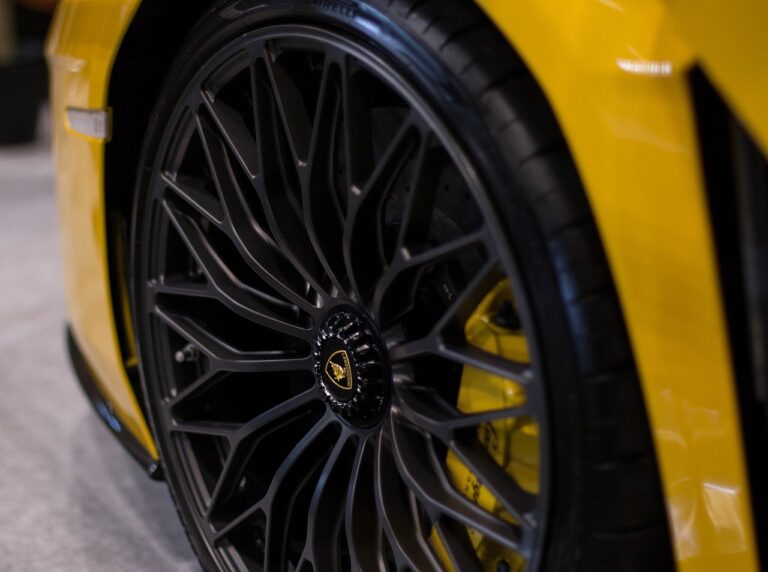The Evolution of Automotive Aerodynamics for Efficiency and Performance
Among the multitude of factors that influence the design of automobiles, aerodynamics stands out as a pivotal component. The way in which air flows around and interacts with a vehicle greatly impacts its performance in terms of speed, stability, and fuel efficiency. By carefully crafting the shape and contours of a car, engineers can enhance aerodynamic efficiency, ultimately leading to improved overall performance.
Efficient aerodynamics not only contribute to better performance but also play a crucial role in enhancing safety on the road. By reducing drag and improving stability, vehicles designed with aerodynamics in mind are better equipped to handle various driving conditions. Moreover, aerodynamic design can also help minimize noise and vibrations inside the vehicle, creating a more comfortable and enjoyable driving experience for passengers.
Early Innovations in Automotive Aerodynamics
Early innovations in automotive aerodynamics can be traced back to the early 1920s when car manufacturers started experimenting with streamlined designs to reduce drag and improve performance. One of the pioneering examples was the Chrysler Airflow, introduced in 1934, which featured a sleek and aerodynamic body shape that set a new standard for the industry.
Another notable early innovation was the Volkswagen Beetle, designed by Ferdinand Porsche in the late 1930s. Its iconic rounded shape and integrated body design not only improved aerodynamics but also became a symbol of efficiency and practicality in the automotive world. These early advancements laid the groundwork for the significant role that aerodynamics would play in shaping the future of automotive design and performance.
• The Chrysler Airflow, introduced in 1934, featured a sleek and aerodynamic body shape
• The Volkswagen Beetle, designed by Ferdinand Porsche in the late 1930s, had an iconic rounded shape
• These early innovations set new standards for efficiency and performance in the automotive industry
Impact of Aerodynamics on Fuel Efficiency
Aerodynamics plays a crucial role in determining the fuel efficiency of a vehicle. By reducing drag, vehicles can move through the air more efficiently, requiring less energy to maintain speed. This leads to improved fuel economy and ultimately reduces the amount of fuel needed to operate the vehicle over a given distance.
The design of a vehicle, including its shape, angles, and various aerodynamic features, impacts how air flows around it while in motion. By optimizing these factors, automakers can enhance the overall aerodynamic performance of a vehicle, resulting in decreased air resistance and improved fuel efficiency. The importance of aerodynamics in fuel efficiency cannot be understated, as even small improvements in aerodynamic design can have a significant impact on reducing fuel consumption and lowering emissions.
How does aerodynamics affect fuel efficiency in vehicles?
Aerodynamics plays a crucial role in reducing drag, which in turn improves fuel efficiency by allowing the vehicle to move through the air more smoothly and with less resistance.
What are some common aerodynamic features found in modern vehicles?
Some common aerodynamic features include smooth body shapes, streamlined side mirrors, underbody panels, and rear spoilers that help reduce drag and improve fuel efficiency.
How do early innovations in automotive aerodynamics impact fuel efficiency?
Early innovations in automotive aerodynamics, such as the development of the teardrop shape and wind tunnel testing, have paved the way for more fuel-efficient vehicle designs that prioritize aerodynamic performance.
Can aerodynamics alone significantly improve a vehicle’s fuel efficiency?
While aerodynamics is a key factor in improving fuel efficiency, it is just one of many factors that contribute to overall fuel economy. Engine efficiency, weight reduction, and tire design also play important roles in determining a vehicle’s fuel efficiency.
Are there any downsides to prioritizing aerodynamics in vehicle design?
While improving aerodynamics can enhance fuel efficiency, it may also come at the cost of design aesthetics or interior space. Balancing aerodynamic performance with other considerations is essential for creating a well-rounded vehicle design.







